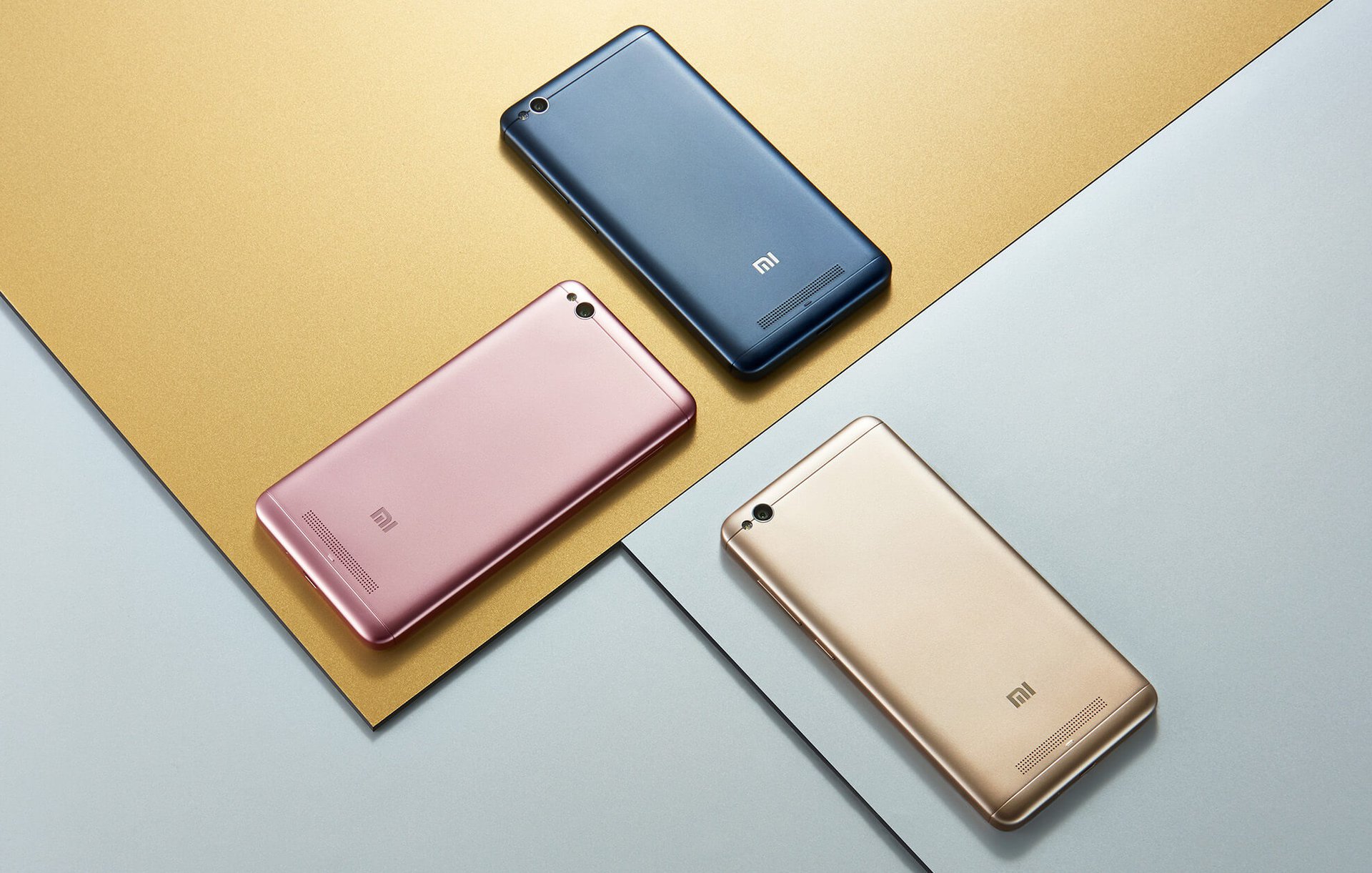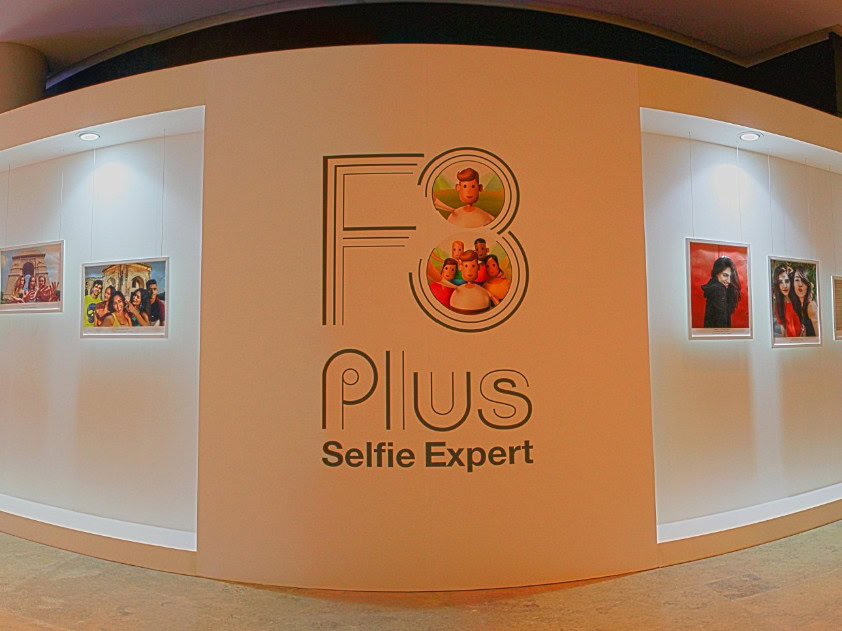Affiliate links on Android Authority may earn us a commission. Learn more.
Xiaomi Redmi 4A and OPPO F3 launched today in India
Published onMay 4, 2017

India has seen the launch of two high-profile smartphones today from competing manufacturers with the Xiaomi Redmi 4A and the Oppo F3.
Beginning with the Redmi 4A (pictured above), this will go on sale via Amazon India and Mi.com soon priced at Rs. 5,999 (~$93). It features a 5-inch HD (1280 x 720 pixels) display, quad-core Snapdragon 425 SoC @1.4GHz, Adreno 308 GPU, 2 GB of RAM and 16 GB of internal storage space (plus microSD card support).
You’ll also find a 13 MP rear camera with f/2.2 aperture, 5 MP front-facing camera, and 3,120 mAh battery with fast charging capabilities. It launches running Android Marshmallow out of the box and comes with a dual-SIM card slot.
With regard to availability, there’s an Amazon Redmi 4A sale beginning tomorrow at 12 pm IST, while pre-orders via Mi.com also begin this Friday. We’ve previously been hands-on with the handset and you can read our thoughts on what’s set to be another popular low-cost Xiaomi smartphone at the link.

As for the OPPO F3, this succeeds the OPPO F3 Plus which launched in India in March. While that handset came in at Rs. 30,990, the standard F3 carries a Rs. 19,999 price tag (~$312). It’s available for pre-order from today on Flipkart until May 12 and will be released May 13.
The OPPO F3 comes with a 5.5-inch Full HD (1920 x 1080 pixels) display with Gorilla Glass 5, an octa-core MediaTek MT6750T6 processor @1.5 GHz, Mali-T860 GPU, 4 GB of RAM, and 64 GB of onboard storage (expandable via microSD). On the back, you’ll find a 13 MP camera, while at the front there’s a dual-selfie camera with 16 MP + 8 MP sensors (one of the standout features of the F3 Plus also). It’s powered by a 3,200 mAh battery.

Further, the F3 comes with a fingerprint scanner and a combined SIM/microSD tray that allows you to use two SIM cards as well as a microSD card, and it’s running Android 6.0 Marshmallow out of the box.
The two handsets are targeting different types of consumers so they’re not competing on the same front: both stand to succeed in their respective price bracket. Which do you think will offer the best value for money? Let us know in the comments.